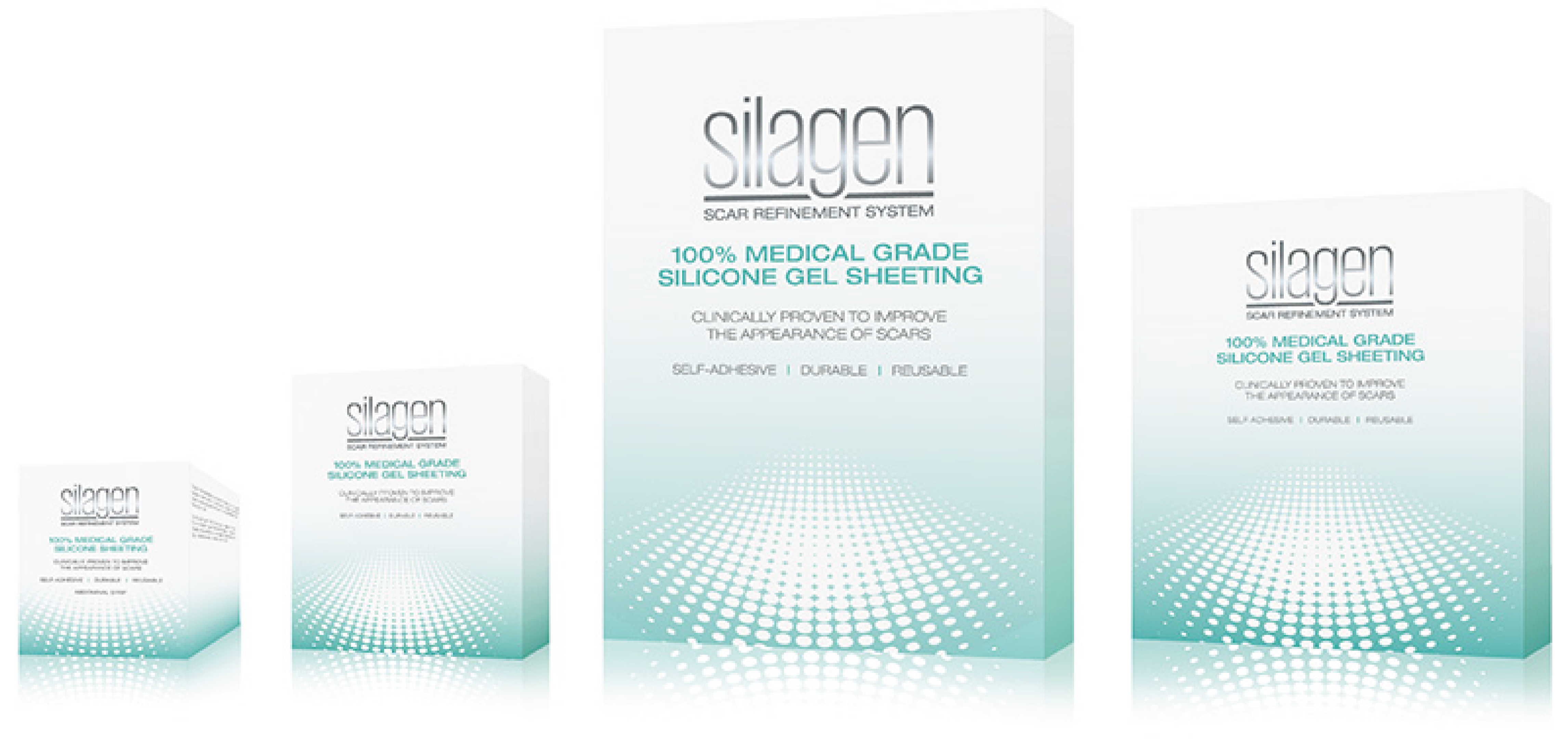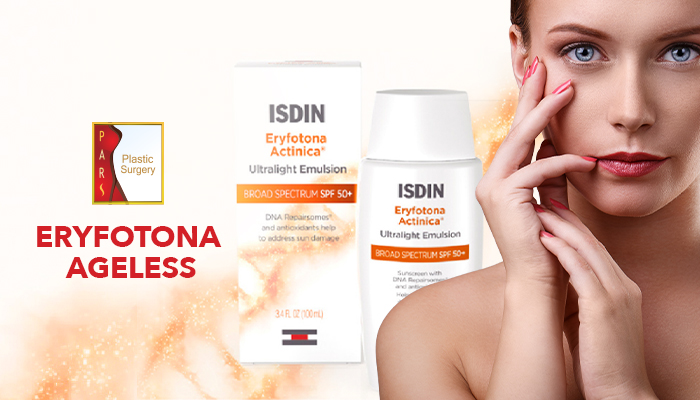
The skin is a seamless organ, and just a small lesion represents a difference in how it looks. Any skin injury more serious than a superficial cut or scrape (like burns, or traumas like a surgery)will leave a scar. When the scar is small or has been formed in a part of the body easy to conceal is not a problem. On the contrary, when is on the face (or another visible part of the body), the patient looks for a way to treat it to make it go away or at least do it less visible.Scars can be emotionally devastating for many people, leading to mental and emotional complications.
Scars are fibrous tissue areas that are formed in the skin to replace the injured skin. The healing process includes scarring as a normal part of repairing in the skin. The skin is composed mainly of collagen, a protein fiber which forms part of the components of the dermis (a layer of the skin); one of its functions is repairing skin injuries.
A scar is also formed by collagen, but when a scar is formed the composition of the protein is different. Usually, the collagen fibers are in “basket-weave” in normal tissue; but, in fibrosis, the collagen fibers are “cross-links” and form a pronounced alignment in a single direction. This collagen scar tissue has an inferior quality compared with the normal collagen, and sweat glands and hair follicles do not grow back within scar tissues.
A scar never disappears completely; fortunately, many scars will fade with the time, but for those that don’t, nowadays there are many procedures that can minimize them considerably. These methods can help to reduce the scar size, color and change its appearance making it less visible.The science of scarring is well documented.
The appearance of the scar depends on multiple factors. Between them, the age, genes, sex, and ethnicity; other factors that can affect the scar appearance are the depth and size of the wound, the cut and the location of the injury.
When a patient is having older scars that are causing emotional or physical pain, severe itching, tenderness, pain, sleep disturbances, anxiety, depression or even disruption of daily chores and activities, is time to treat them.
What Are The Types of Scars?
Exist several types of scars, among they are:
– Acne or atrophic scars: That patients who have had severe acne, probably have scars too. The type of acne scar depends on the severity of the acne, as well as the treatment. They usually take the form of a sunken recess in the skin and are caused when underlying structures supporting the skin are lost (mainly fat and muscle).
– Contracture scars: If the skin has been burned, the patient may have a contracture scar. As its name says, these scars contract the skin, which may alter the patient’s ability to move. Contracture scars may also go deeper, affecting muscles and nerves. This type of scars is commonly in cross joints or skin creases at right angles. They are common after burn injuries.
– Hypertrophic scars: They occurs when the body overproduces collagen, which causes the growth of the scar over the surrounding skin. The hypertrophic scars look like a red lump on the skin. They usually occur when the wound is closed with excess tension or after wound infection.
– Keloid scars: These scars are a more serious form of hypertrophic scarring, and are the result of an overly aggressive healing process. They extend beyond the original injury, and even can grow indefinitely, turning into large tumorous (although benign) neoplasms. Hypertrophic scars are similar to keloids, but they differ because the hypertrophic scars do not go beyond the boundary of the injury.When a keloid scar is too big, it may difficult the movement.
Keloid scars are most common among people with dark skin. There is a variety of treatments for keloids, the most used includes surgery to remove the scar, steroid injections, or silicone sheets to flatten the scar. Likewise, smaller keloids can be treated with cryotherapy (a kind of therapy with liquid nitrogen).
What are the different treatments for Scars?
Nowadays there are many options to treat the scars, this will depend on the particular case of any patient. The treatments for scars can range from creams and ointments to surgery (recommended when conventional treatments have failed).
– Over-the-counter or prescription creams, ointments, or gels: These products are generally used to treat scars caused by cuts or other superficial injuries. This kind of treatments can include steroids or antihistamine for scars that cause itching and are very sensitive.
Among this options silicone gel sheetings are recommended. This type of gels can help to treat scars or as a preventive care. The silicone sheets, strips, and shapes fit the body and enhanced adhesives ensure that they remain in its place, providing physical support to the scar. The patient should use the adequate shape and size for his/her scar.
This type of products has no any potentially irritating ingredients. The mechanism of action is that silicones applied over the scar provide occlusion and hydration to the stratum corneum of the skin; these produce down-regulating keratinocyte stimulation and prevent further signaling to produce more collagen. These sheets ensure a superior flexible yet durable sheet that adheres well to the scar, this is washable and reusable for up to 4 weeks. After 2 to 3 months of treatment, collagen is normalized and hypertrophic scarring prevented.The patient can feel itchy while he/she wear it, but the results are astonishing.
– Surgical removal or treatment: Among surgical treatments include skin grafts (the surgeon uses skin from another area of the body), excision, dermabrasion, or laser surgery. Skin grafts are commonly used with patients who’ve had burns. A surgery treatment can help address if a patient got scarring that impairs function.
– Injections: This is a treatment commonly used on those scars that project over the skin. And the doctor may use this treatment on its own or with other treatments.
All the patients should have regular follow-ups with his/her surgeons to obtain the best results.
Dr. Amjadi MD, DDS, FACS
Certified by the American Board of Plastic Surgeons
915 Gessner Rd #870
Houston, TX 77024
713-465-6198













